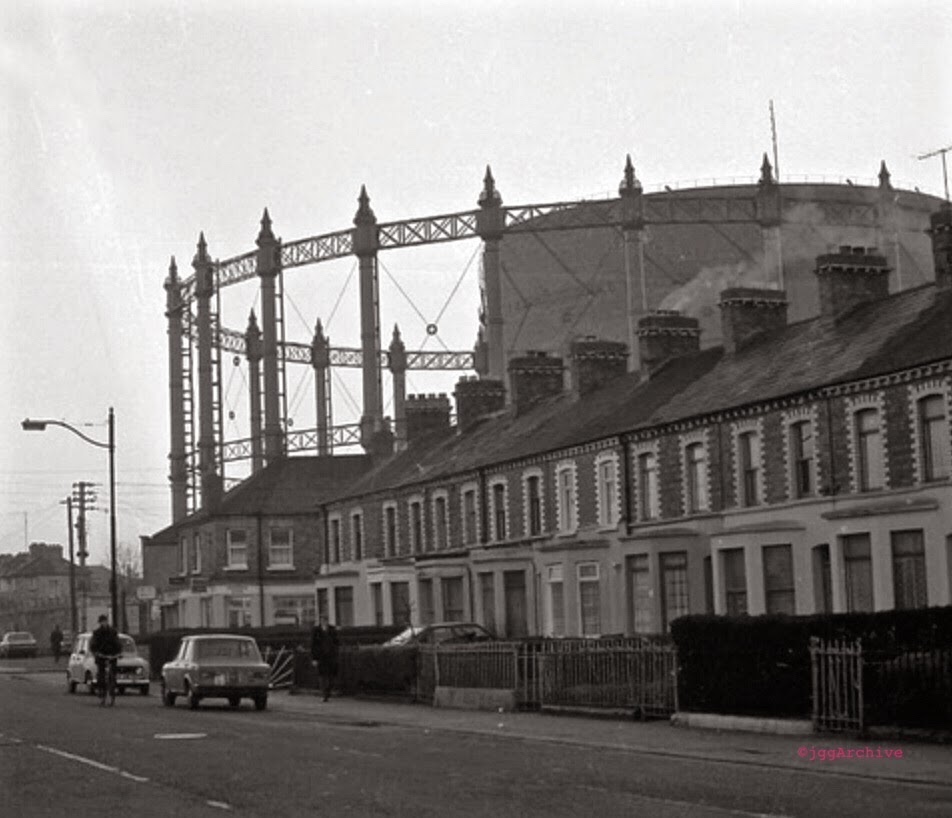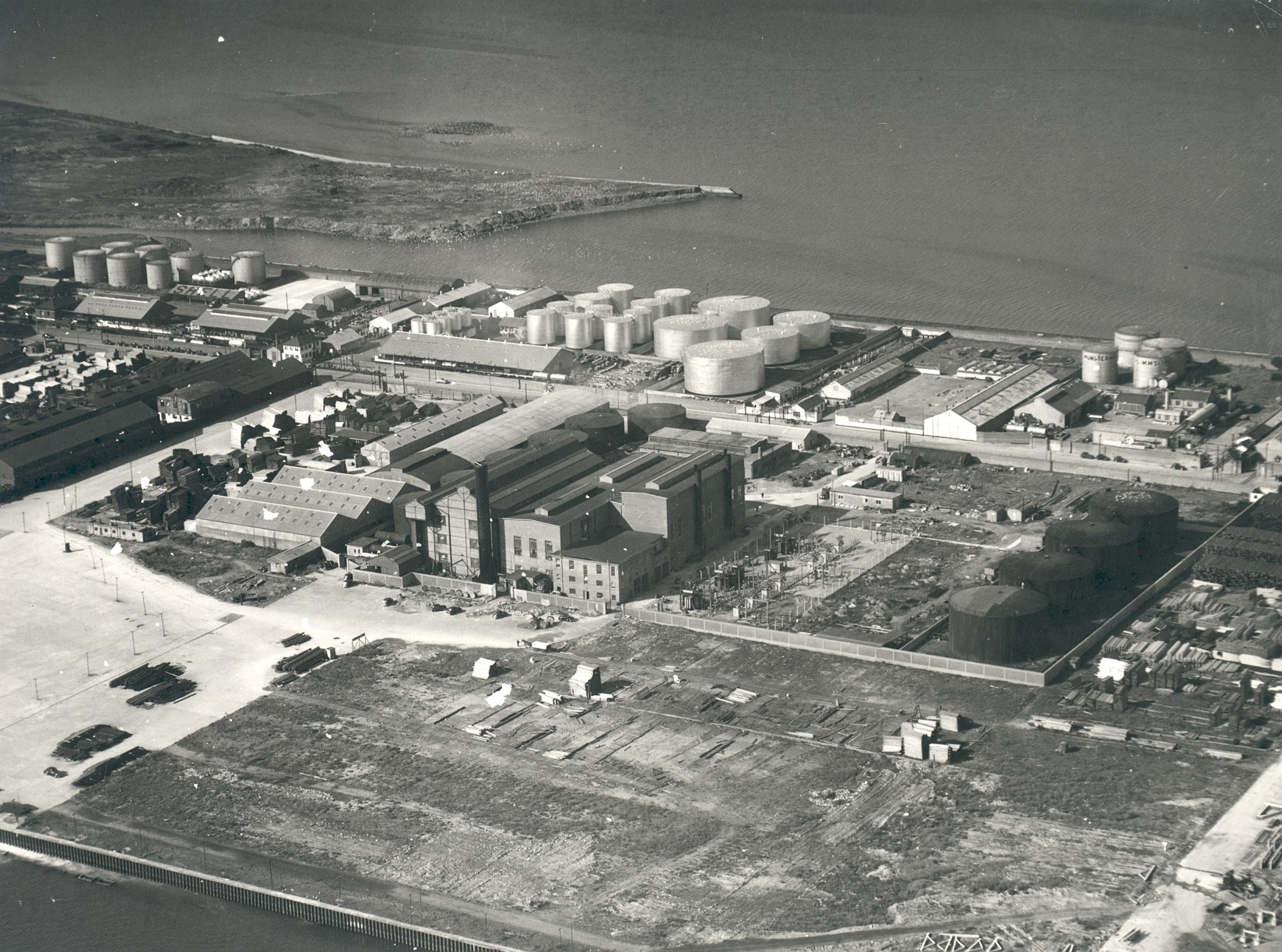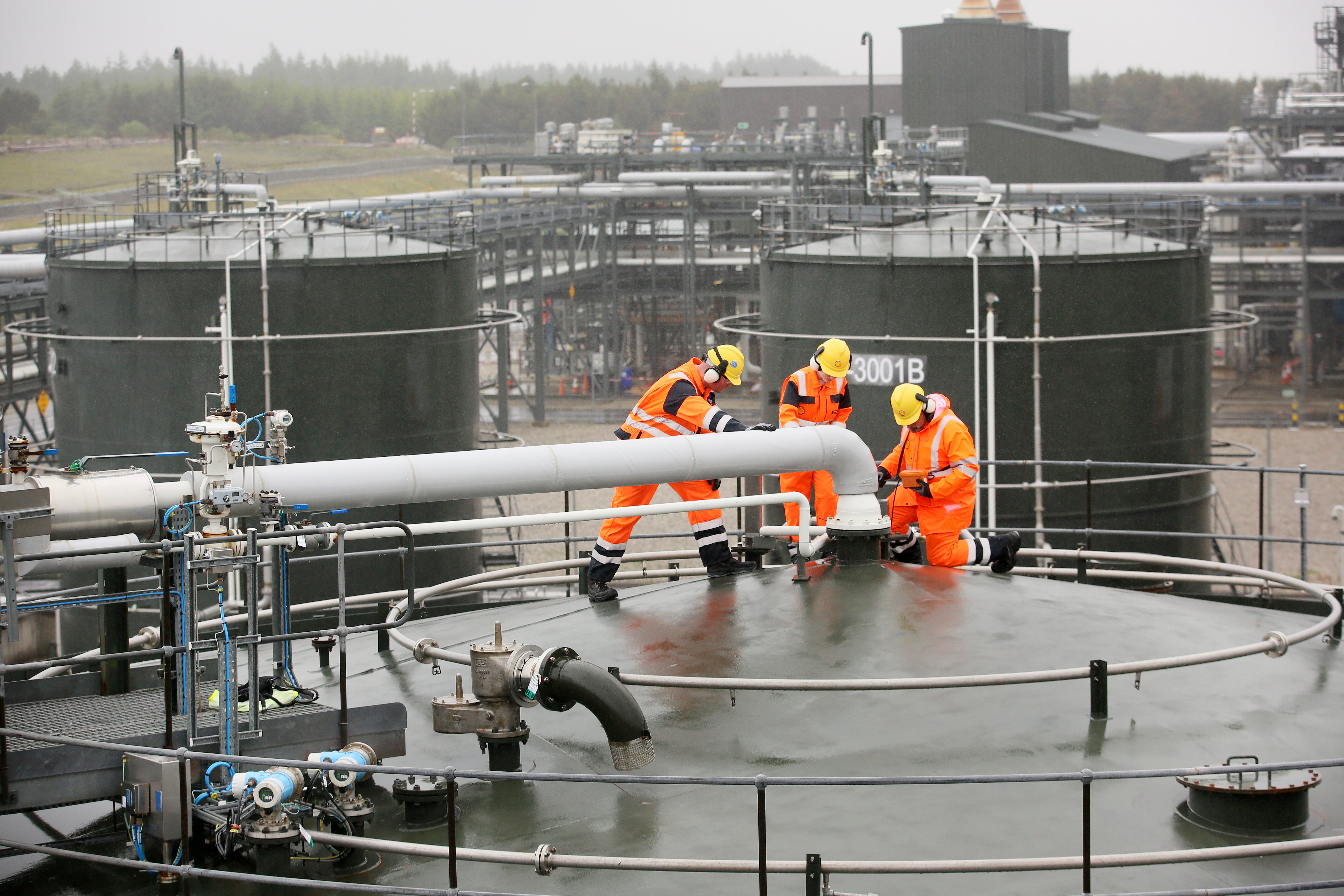The story of gas in Ireland
Gas was originally manufactured from coal in the mid-1700s for public lighting and continued to be used in street lamps until the introduction of electricity in the early 20th century. The availability of gas was a mark of modernity in the late 19th and early 20th centuries and the gas service was extended to homes and businesses in towns and cities in Ireland, all of which had a local gasworks. For a time, it seemed that cheap oil and electricity would eclipse the gas industry but the discovery of natural gas in the North Sea spawned a whole new industry in Britain. With the discovery of Irish gas fields off the coast of Kinsale in 1971 natural gas has become the fuel of choice in heating and power generation (45% of our electricity was generated by gas in 2014). Bord Gáis Eireann was formed in 1976 and since then has developed the national gas grid to service cities in Ireland and now connects Ireland with UK via undersea pipelines to Scotland. With the discovery of Corrib gas field off the coast of Mayo in 1996, and its connection to the grid in 2015, over half of Ireland’s gas requirements are projected to be supplied domestically. Going forward, combined with advances in efficient thermal power generation, distributed heating systems, and heavy vehicles driven by compressed natural gas (CNG), natural gas is seen as an economic, reliable and relatively clean conventional fuel for transport, heat, and electricity. The alternative gas fuels of the future may include biogas and hydrogen using the existing infrastructure.
The use of gas in Ireland dates back to 1764, when gas for lighting began to be produced from coal in a process known as distillation. Gas mains were laid in cities and towns in Ireland from 1824 onward, initially to fuel public lighting. Gas production relied on imported coal, and production of town gas from this source continued until the 1960s. By then, the technology for manufacturing town gas from oil had become available and was more economical than coal. Hence gas companies switched to oil as the feedstock for gas manufacture. The existing town gas mains were eventually converted to natural gas following the discovery of the Kinsale Head gas field in 1971. The piping of gas to households and industries in Cork city and Dublin followed in the 1980s and shortly thereafter the development of a national gas grid rollout began.
In 1993 and 2001, undersea gas pipelines were laid from Scotland (the 1st and 2nd Interconnector pipelines) to ensure continued gas supplies in Ireland as the reserves of gas in Kinsale began to deplete.
The Corrib gas field began supplying Ireland’s gas grid in December 2015 and the field will provide over half of the country’s gas needs in its initial years of production.
As of May 2016, the Eirgrid website (dashboard on electricity generation) reported that over the previous month, some 48.5% of national electricity demand was generated from natural gas, with 23.3% from renewables (mainly wind) and 21.5% from coal.
According to the 2011 census, approximately 33% of all houses in Ireland were heated with natural gas, and 44% were heated by oil, mainly kerosene.


